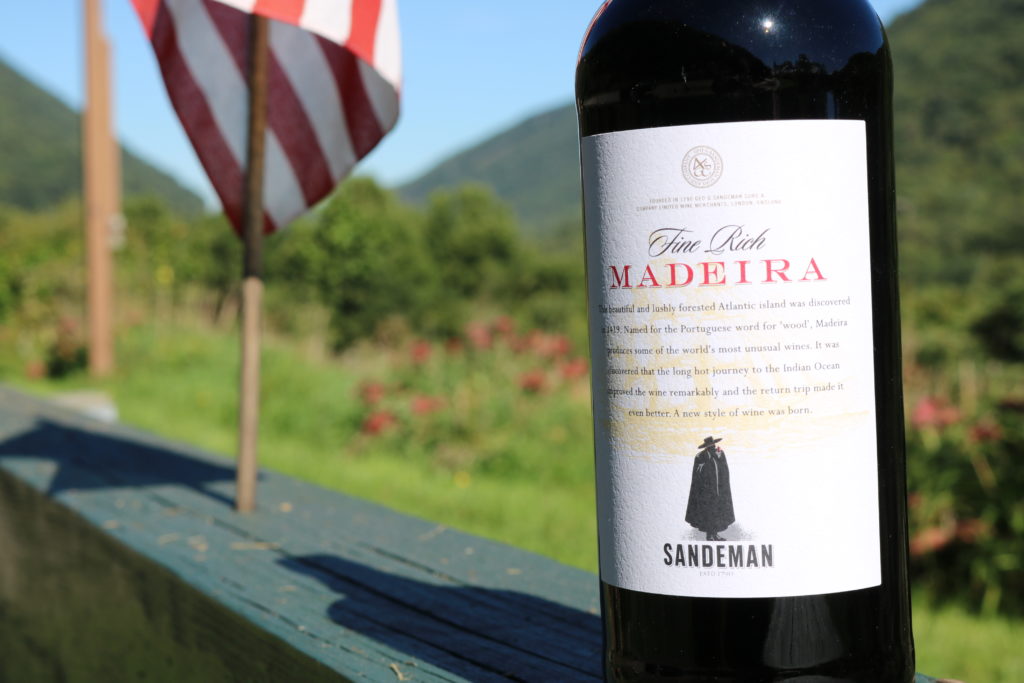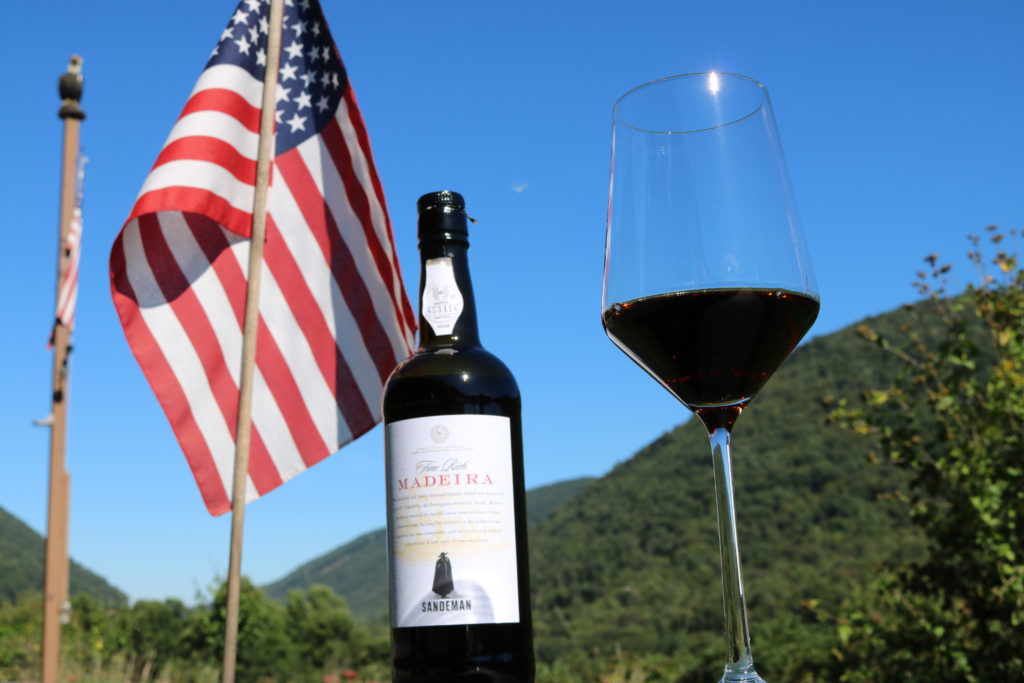Welcome to our sixth post in our series on the wines of Portugal. If you want to start at the beginning, head over to Dão, and then click through to the right. Today we’ll step away from the mainland, and head to the island of Madeira.
Madeira
Located 400 miles off the coast of Morocco, you’d be forgiven for not remembering that Madeira is actually part of Portugal. The original intentions of Madeira were more to create a sweet wine similar to the ones on the continent. When the vines were planted, the growers found the conditions to be quite difference, and ended up with a wine that had trouble ripening in the unprotected Atlantic environment. The result was better for scurvy than for drinking, until it took a few trips over the equator.
These trips helped to mellow out the Madeira, and ended up producing an oxidized product that could be taken on long sea voyages. Of course, this ended up making the wine incredibly expensive (it has to sail around with all those people trying to drink it!). Thankfully, producers no longer ship the wine around to accomplish this, but rather use hot store rooms to developing the rich caramel and nutty notes that Madeira can create. There are two types:
- Estufa – Artificially heated tanks for short periods of time
- Canteiro – Aged naturally in warm rooms under the sun.
Generally speaking, Madeira falls into certain quality classifications:
- Finest / Select – 3 years of aging, the lowest level of quality (expect Estufa)
- Rainwater – Medium dry, aged 3 years
- 5 year – Aged 5+ years
- 10 years (Special Reserve) – Aged 10+ years (Canteiro, can be a single varietal)
- 15 years (Extra Reserve) – Aged 15+ years (Canteiro, can be single varietal)
- Vintage Madeira – Like all wines, in a great year a vintage could be declared. There are many types, including Colheita [single year, 5+ years], Solera [which is no longer made, and made the same way as Sherry], and Frasquiera [single year, 20 year +]
For Madeira, there are 4 main kinds of vine you may see labeled, and they’re each a little different than the others:
- Malmsey / Malvasia – Dark brown, fragrant, rich, and softer (less tangy) than other Madeiras
- Sercial – Light, extra dry, floral
- Bual – A lighter, less sweet version than Malmsey / Malvasia, touch of smokiness.
- Verdelho – Less tangy than Bual, more honey notes, and a distinct smoke.
The best part about this? Once you open a bottle of Madeira, it’s oxidized, and will never go bad!
Quick Summary on Madeira
- Known for: Caramel laced, nutty wines that are already oxidized.
- Best Wine Style: Fortified, oxidized wines
- Best Varietals: Malmsey / Malvasia, Bual, Verdelho, Sercial
- Notable Producers: Blandy’s, Miles
Sandeman Fine Rich Madeira
Sandeman might be better known for Porto than Madeira, but never the less they make one. So can Sandeman Fine Rich Madeira hold a candle to their Porto?
Sight: A deep chocolate brown with hazelnut edges.
Smell: A nice nuttiness and brown sugar wafts off the top with a hint of soy and caramel. Touches of chocolate get into play, with hints of tamarind.
Sip: The body is weighty thanks to the alcohol and sugar. The sweetness works well with some of the nuttiness and brown sugar notes, while a bit of tamarind and dried fruit get into play. There’s good acidity in play, keeping it feeling lively. The body is rather hot, and despite the weight, it feels watery.
Savor: The ending goes further nutty, pulls in molasses, and more tamarind. There’s a touch of bitterness here.
Sandeman Fine Rich Madeira is a tasty option, but perhaps not as refined as “Fine” implies. There’s lots of great nutty notes here, as well as a good tamarind characteristic and some nice dried fruit. The acidity helps with the heat of the alcohol, but the depth isn’t fully defined. While Sandeman Fine Rich Madeira certainly alright if you want to try the style, there are other choices in a similar price point with better flavors.
Verdict: Tamarind, Brown Sugar, Nutty, Heat
Rating: 79
Price: $15
Madeira, Portugal


